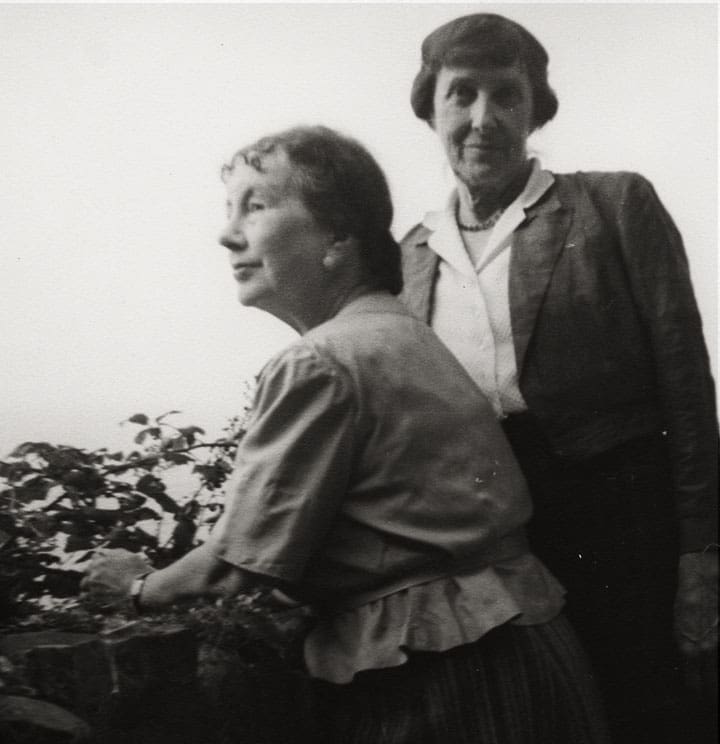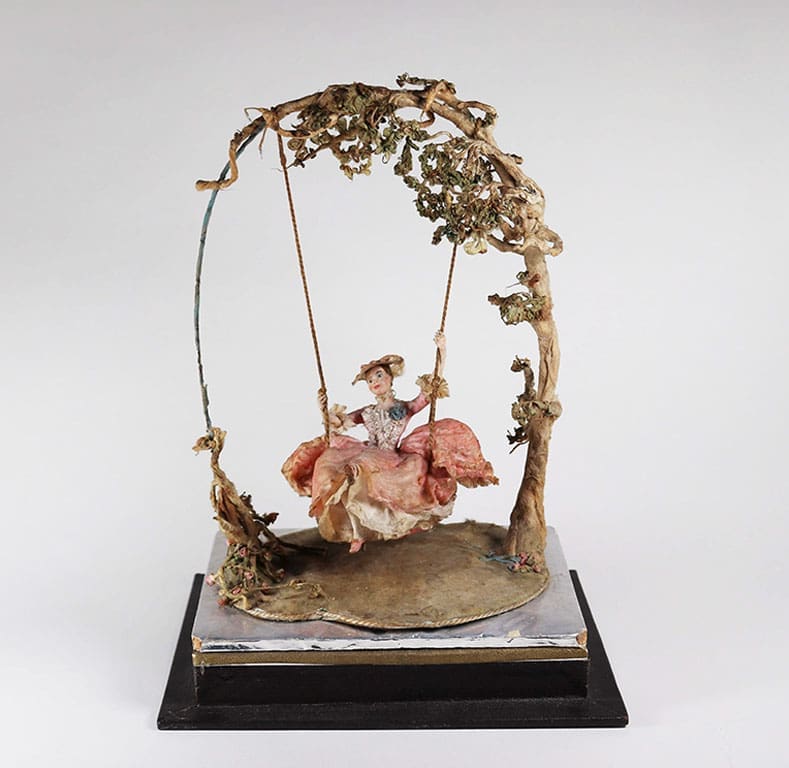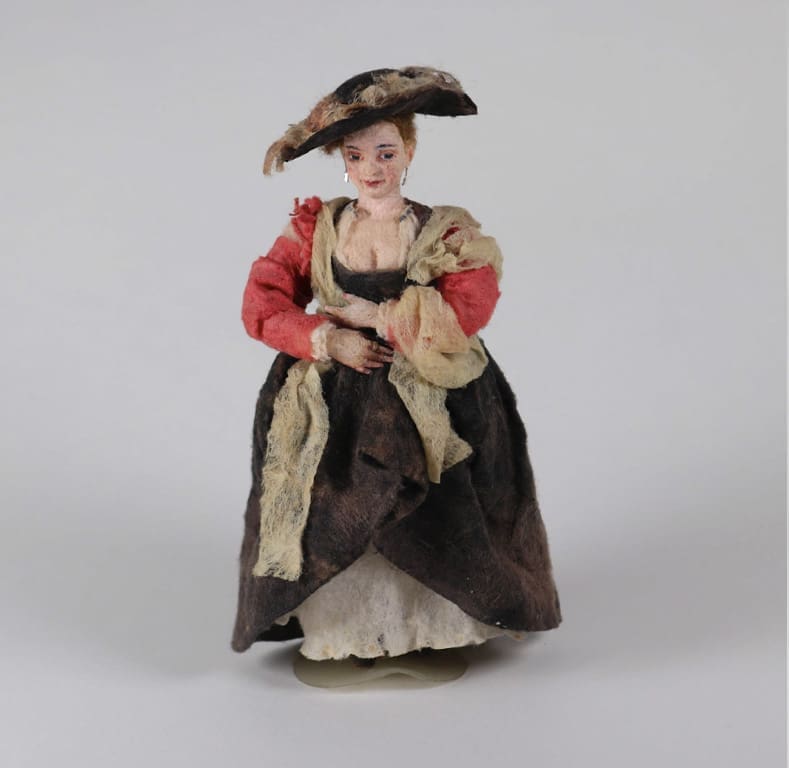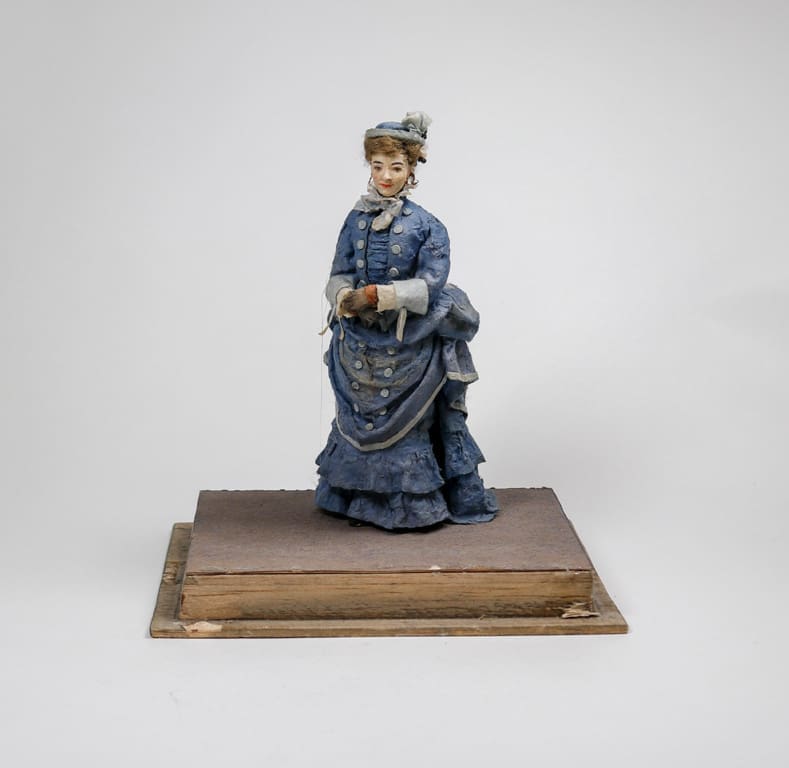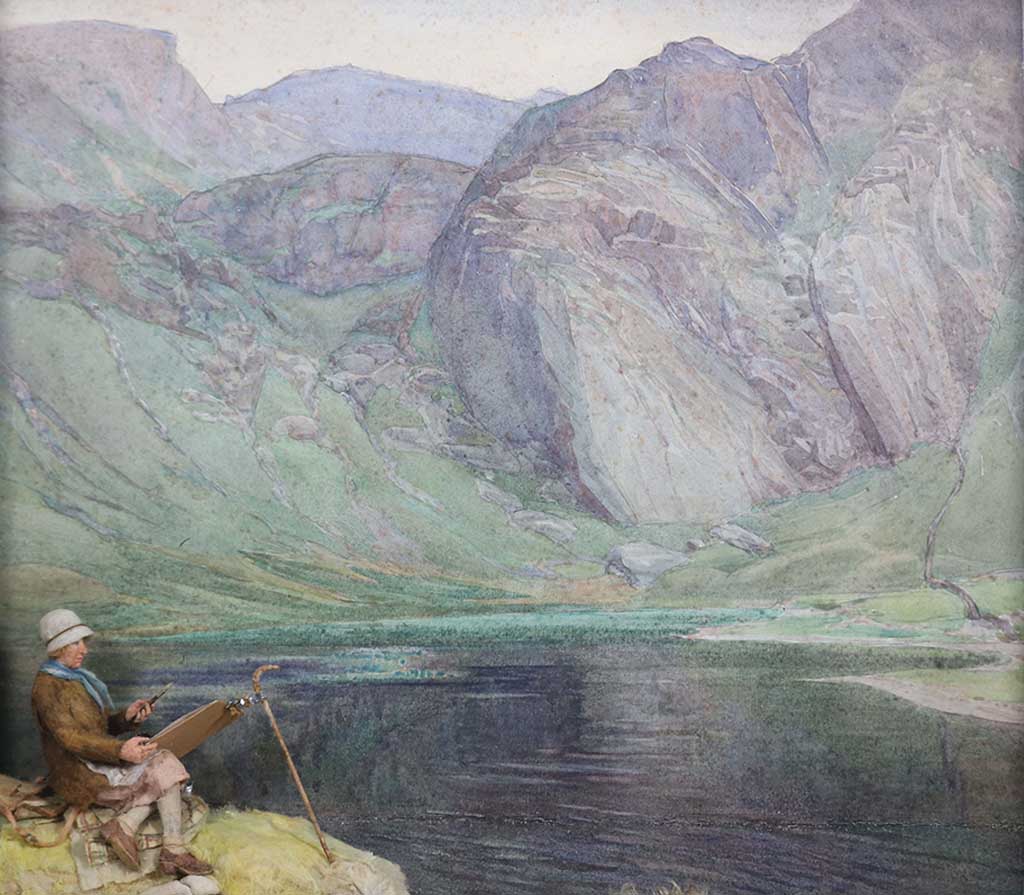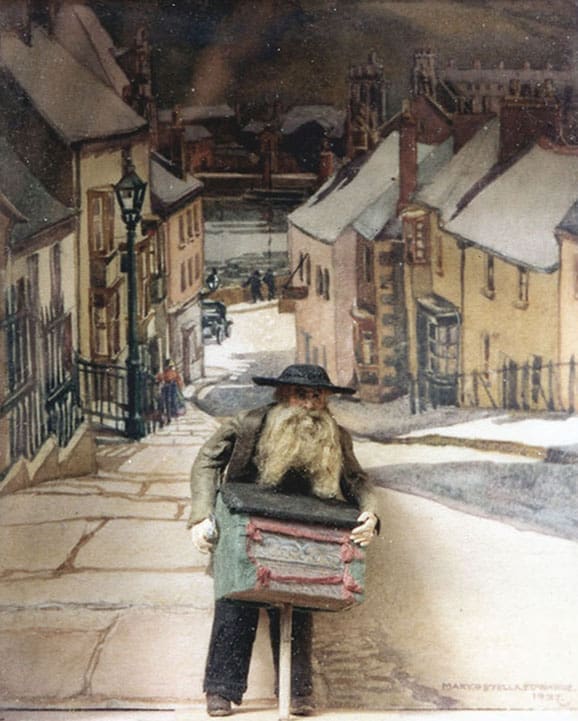Jackanda Models
Judith Ackland saw her model-making as a direct outcome of the improvisation of wartime life, with Jackanda’s (as they became known) originating as last-minute ornaments for a Christmas tree in 1945. The Ackland and Edwards Archive holds a comprehensive collection of photographs and papers relating to the research, construction and distribution of Jackanda models made by Judith, and later by Judith and Mary Stella. Initially thought of as a commercial opportunity, it became apparent that the process was too time-consuming to be successfully manufactured quickly in vast numbers. As Judith herself states in notes from a lecture she gave;
“ However, as time went on I realized more and more that what I really wanted to do was to perfect and elaborate – not to simplify and speed up with an eye on the time at every stage of production. I was getting better and better but not quicker. I got more and more fussy about the finish.”
Judith’s work progressed, moving from single marketable Christmas decorations and an exhibition of Ballet models at the Twenty Brook St. Galleries in the late 1940s to her first group scene – Nativity Group in 1948 (commissioned by a gift shop, but unsold). Her first commission came through Mary Stella’s association with John Stirling of the Foreign Bible Society – for an exhibition in their library from the Colonial Office which led to a five-model commission for their travelling exhibition.
Later came commissions for dioramas of Queen Victoria, Prince Albert and children from the Arts Council Gallery and Florence Nightingale in the Hospital at Scutari 1854 (1954) for a Nursing Exhibition held in Seymour Hall. From 1955 onwards Judith and Mary Stella worked to produce seven complete dioramas for the Windsor Guildhall Museum – five of which were given permanent fixtures in their exhibition space – and several dioramas for the Reading Museum.
Mary Stella and Judith collaborated fully on these and other dioramas, Judith made the Jackanda models and Mary Stella painted the scenes, both working together on the design, setup and research needed for these often complex and historical narratives. The Ackland and Edwards archive contains mock-ups, Jackanda skeletons, patterns, and tools as well as boxes of colour swatches and a multitude of notebooks and sketchbooks showing the detail and quantity of research carried out by both.
